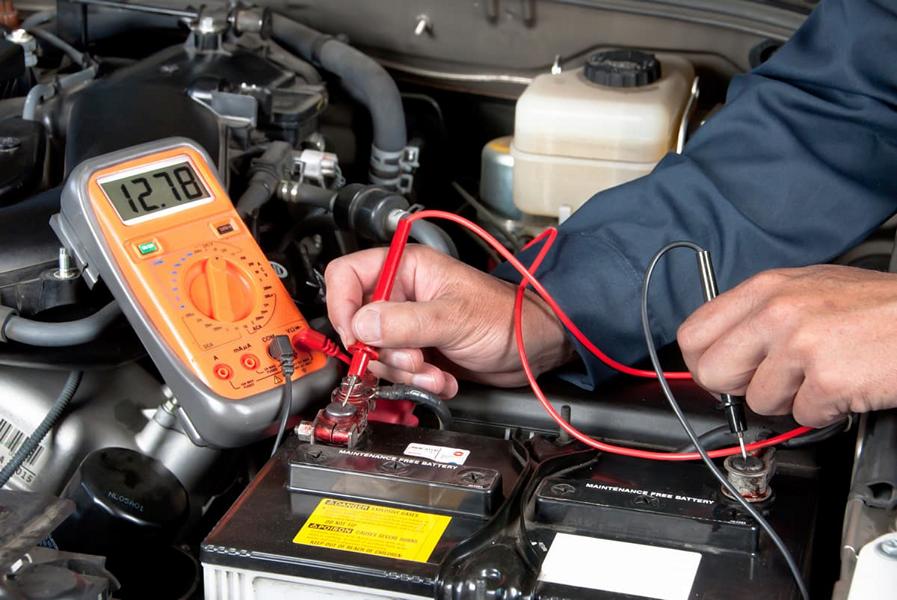The BMW E46 turned into one of the most famous 3-collection fashions ever made, recognized for its overall performance, coping with, and relative reliability. However, no vehicle is with out flaws. In this text, we’ll explore a number of the most frequently suggested problems with the E46 to help modern and prospective proprietors recognize what to appear out for.
1. Cooling System Failures
One of the maximum infamous problems on the E46 is failure-prone cooling systems. Common faults include leaking radiators, cracked growth tanks, water pump disasters, and extra. This can cause overheating or maybe engine harm if no longer addressed speedy. Symptoms of cooling gadget troubles consist of low coolant tiers, engine temperature warnings, or leaks under the car. As components age, rubber hoses also generally tend to crack and leak. Repair charges can vary from a few hundred greenbacks for minor leaks to over $1,000 for extra significant gadget maintenance.
2. Oil Leaks from the Valve Cover
Another very common trouble, in particular on higher-mileage E46 fashions, is oil leaks stemming from the cylinder head valve cowl. Over time, the valve cowl gasket deteriorates, allowing oil to slowly seep out. This starts out as minor staining however can ultimately develop into a critical leak.
3. Failed window regulators
E46 window regulators are prone to premature failure due to fragile plastic pieces and gear teeth wearing out. When the regulator fails, the window will no longer move up and down. Replacement regulators are available, but it's still a labor-intensive repair to access, remove, and replace the component. Adding insult to injury, it's not uncommon for the newly installed regulator to fail again down the road.
4. Control Arm & Suspension Wear
Being performance-oriented sedans, E46s tend to see a good deal of spirited driving. Over time, this takes a toll on chassis and suspension components. Control arm bushings crack and wear out, leading to wandering steering and loose handling. Shocks and struts also age, reducing damping performance and ride quality. While not difficult repairs, replacing these components can mean a hefty labor bill. Using high-quality parts is recommended for longevity.
5. Faulty Fuel Pumps
The in-tank electric fuel pumps on E46 models have a finite service life and may fail to produce enough pressure over time. Symptoms include long cranking before starting, stalling out, reduced power, and failure to start overall. As a safety precaution, BMW recommends replacing these pumps every 60,000 miles. Pump failures often strand drivers, so it's smart to be proactive, especially if reliability is a priority. The repair cost is also quite reasonable if done preemptively.
6. Electrical Gremlins & Faulty Sensors
Being packed with technology for their time, E46 electrical systems can develop glitches with age. Common reports range from faulty oxygen sensors and eccentric mass sensor issues to bad ignition coils, balcony sunroof motors, and random electrical faults. These issues stem from components wearing out or corrosion in connectors. Tracking down electrical faults takes patience and diligence. Using a quality scan tool and methodically diagnosing circuits is key. Once found, most sensor repairs are affordable. But troubleshooting and diagnosis takes time.
Conclusion
In summary, cooling systems, oil leaks, window regulators, suspension components, fuel pumps, and electrical faults represent the most typical E46 problem areas. While no car is perfect, being aware of these common failure points can help buyers evaluate service records and make more informed decisions. For existing owners, focusing on preventive maintenance and addressing small issues early greatly improves long term reliability. With some care and diligence, the E46 can remain a joy to drive for years to come.
 tuningblog.eu Your magazine about tuning the car
tuningblog.eu Your magazine about tuning the car


